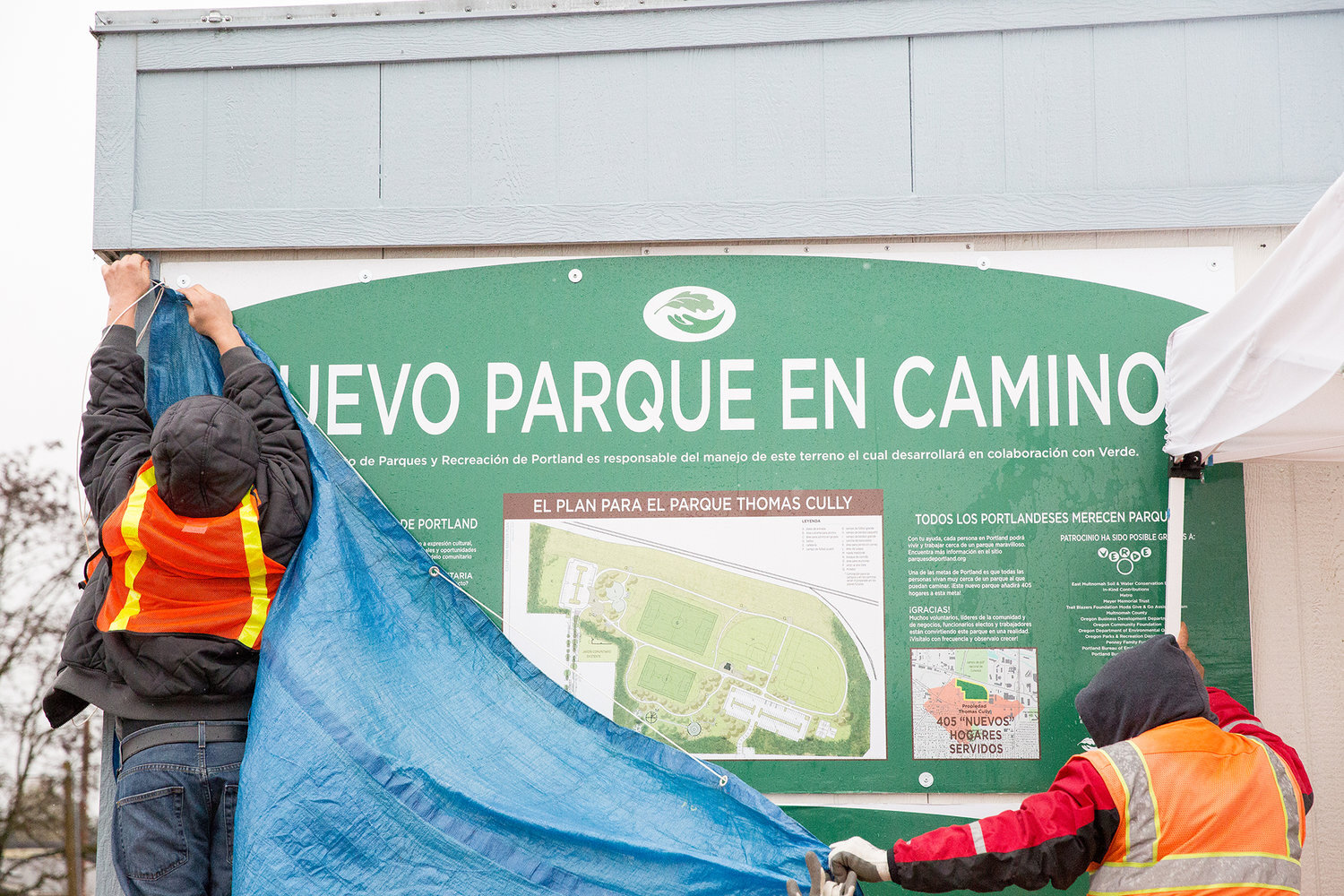Six Years Later, Cully Park is Much More Than a Dream
Portland's Cully neighborhood is rich with racial and ethnic diversity. Unfortunately, the neighborhood itself is resource-poor. It has much less parkland, low access to transportation and few sidewalks compared to other parts of Portland. It also has an abundance of brownfields – contaminated, post-industrial land.
In 2002, Portland Parks Bureau bought one of those brownfields – a 25-acre landfill – with the intent of turning it into a park. After years of open houses and design meetings, the Portland City Council finally agreed on a master plan, featuring sports fields, walking trails and an estimated price tag of up to $18 million. Although the plans were approved, funding was not.
That's when the Cully community took over. Living Cully, a collaboration made up of nonprofit partners Verde, Native American Youth and Family Center, Hacienda Community Development Corporation and Habitat for Humanity Portland Metro/East, led the community to seek funding and transform the former landfill into a welcoming and useful public space.
In 2010, a $150,000 Northwest Health Foundation/Convergence Partnership grant enabled Living Cully to develop the very first stages of Thomas Cully Park. Now, six years later, Living Cully has raised over $9.5 million, and only needs to raise $1 million more to meet the project's $10.6 million budget (down from the $18 million estimated by the City Council in 2002). Most recently, on Portland Parks Foundation's 15th Anniversary, Portland City Commissioner Amanda Fritz announced a $3 million allocation from the City.
Not only has Living Cully raised millions of dollars for the park. Since development began in 2012, Scott School students worked with an architect to design a community garden; Verde restored a section of the land too steep for park features to create a mixed deciduous-riparian habitat; Verde Nursery began growing plants in a 10,000 square foot staging area for distribution throughout the park; a group of Native and non-Native community members created an Inter-Tribal Gathering Garden; Cully neighborhood schools and students helped design a play area meeting the needs of young people in the neighborhood and youth with disabilities; and Living Cully transformed NE 72nd Avenue into a Greenstreet.
Thomas Cully Park is truly by and for the people, and we can't wait to see future transformations of the space!


